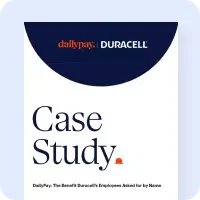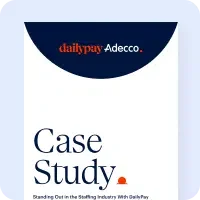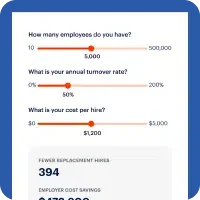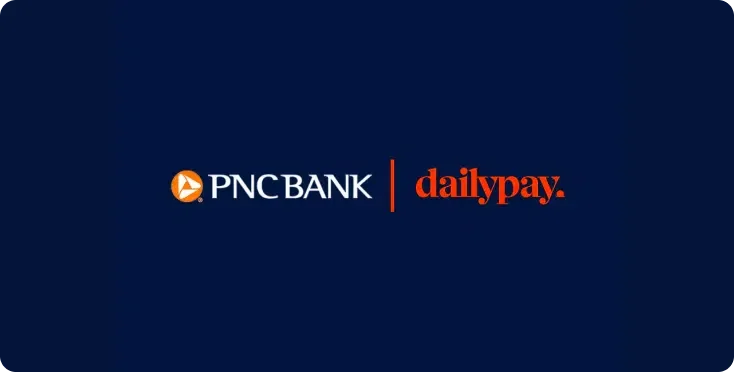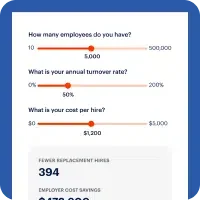A Guide to Employee Financial Wellness
Employers can offer financial wellness benefits that encourage employees to keep track of earnings and expenses, pay bills on time, save easily, budget for the future, gain financial knowledge and more.
Companies that increase their focus on employee wellness can improve engagement, employee retention and productivity across your workforce.

Why Employee Financial Wellness Matters

Employee financial wellness holds distinct significance for both employers and employees.
For employers —
It means fostering a more productive, engaged and loyal workforce.
Financially secure employees are better equipped to focus on their tasks, leading to increased productivity and reduced absenteeism. It also enhances retention rates, reducing recruitment and training costs.
For employees —
Financial wellness translates to reduced stress, improved job satisfaction and a sense of security. It provides the means to achieve personal goals, whether that's homeownership, education or retirement planning.
In essence, it creates a healthier work environment, where both the employer and employee benefit from increased financial stability and peace of mind.
Employee financial wellness is an employee’s ability to effectively manage their finances. The best way to make good financial decisions is to be prepared for emergencies, spend within means, plan for the future and utilize available financial tools and information.
Coming Soon
Module 4
Success With Financial Wellness Programs
Why Your Business Should Focus on Employee Financial Wellness
Learn how companies use earned wage access to empower employees and lead their industries
Thank You for Submission
Thank you.
We will get back to you soon to schedule your demo.
Thank you for your interest in the On-Demand Pay International Council!
We will get back to you in 2-3 business days.
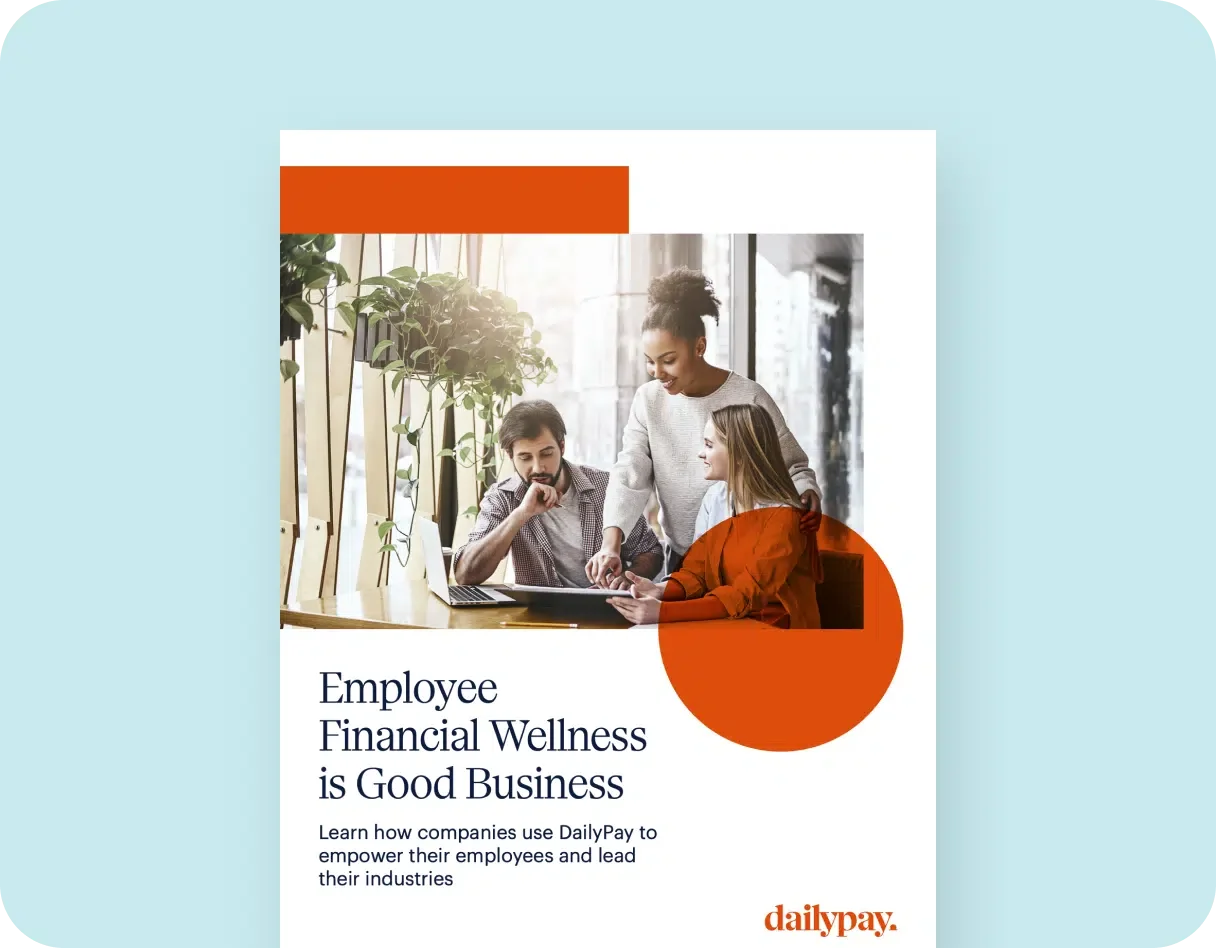
Frequently Asked Questions
-
What is employee financial wellness?
Employee financial wellness is a state of being in which an employee has control over their day-to-day finances and can fully meet their financial obligations while feeling secure in their financial future and making choices that allow them to enjoy life.
-
What are signs of financially stressed employees?
Financially stressed employees are usually distracted at work and can also be easily agitated or irritable. This may lead to anxiety or depression, as well as a drop in productivity and motivation. Financially stressed employees are also more likely to look for other employment, have more accidents, take more sick days, save less for emergencies and work beyond retirement. All of this adds additional cost for the employer.
-
How do I improve employee financial wellness?
Employers can help improve the financial wellness of their employees in several ways. Employers can offer tax-saving benefits like retirement plans, health savings accounts, pre-tax transportation accounts and more. Some other benefits that could help employees achieve greater financial wellness are employee discount programs and financial wellness training.
-
What are some examples of employee financial wellness benefits?
Employers have many options when it comes to offering employee financial wellness benefits. Some examples include: employer-sponsored retirement plans, life insurance plans, commuter benefits, emergency savings funds, retirement plans, student loan assistance, financial education and home buying assistance.
See Why Top Companies Choose DailyPay
Empowering for Employees
Greater financial control with access to 100% of their DailyPay balance to meet the challenges of unexpected financial disruptions.
Improved planning with visibility to spending and earned pay in one easy-to-use app.
No need for a pre-existing checking or savings account.
Simple and Secure for Employers
No change to payroll processes — DailyPay compliantly handles it all.
Seamless integration with HCM, payroll, banking and benefit applications.
Enterprise-grade platform that keeps data private and the service running so it's always there when your employees need it.
DailyPay is Trusted by Leading Companies







